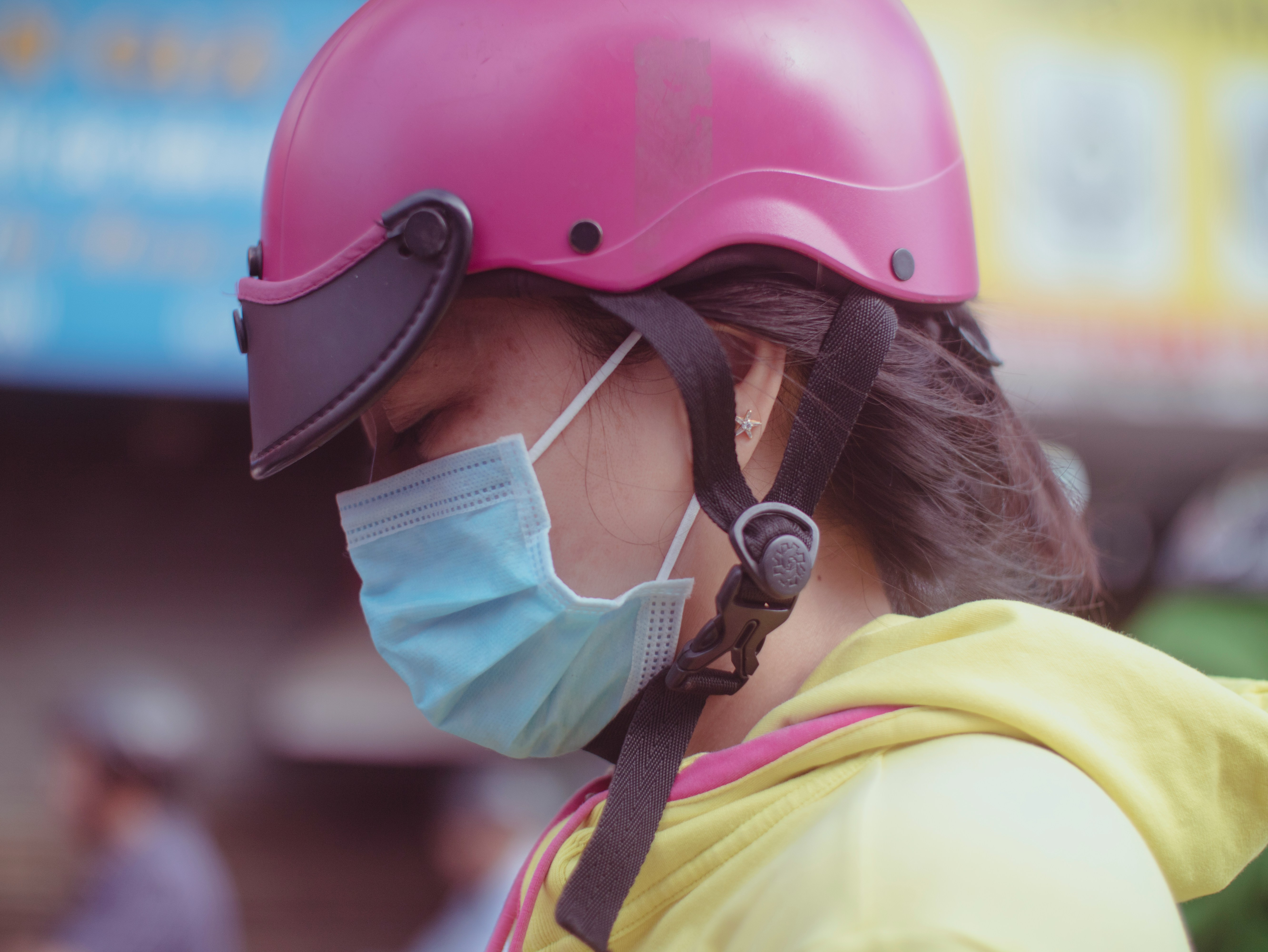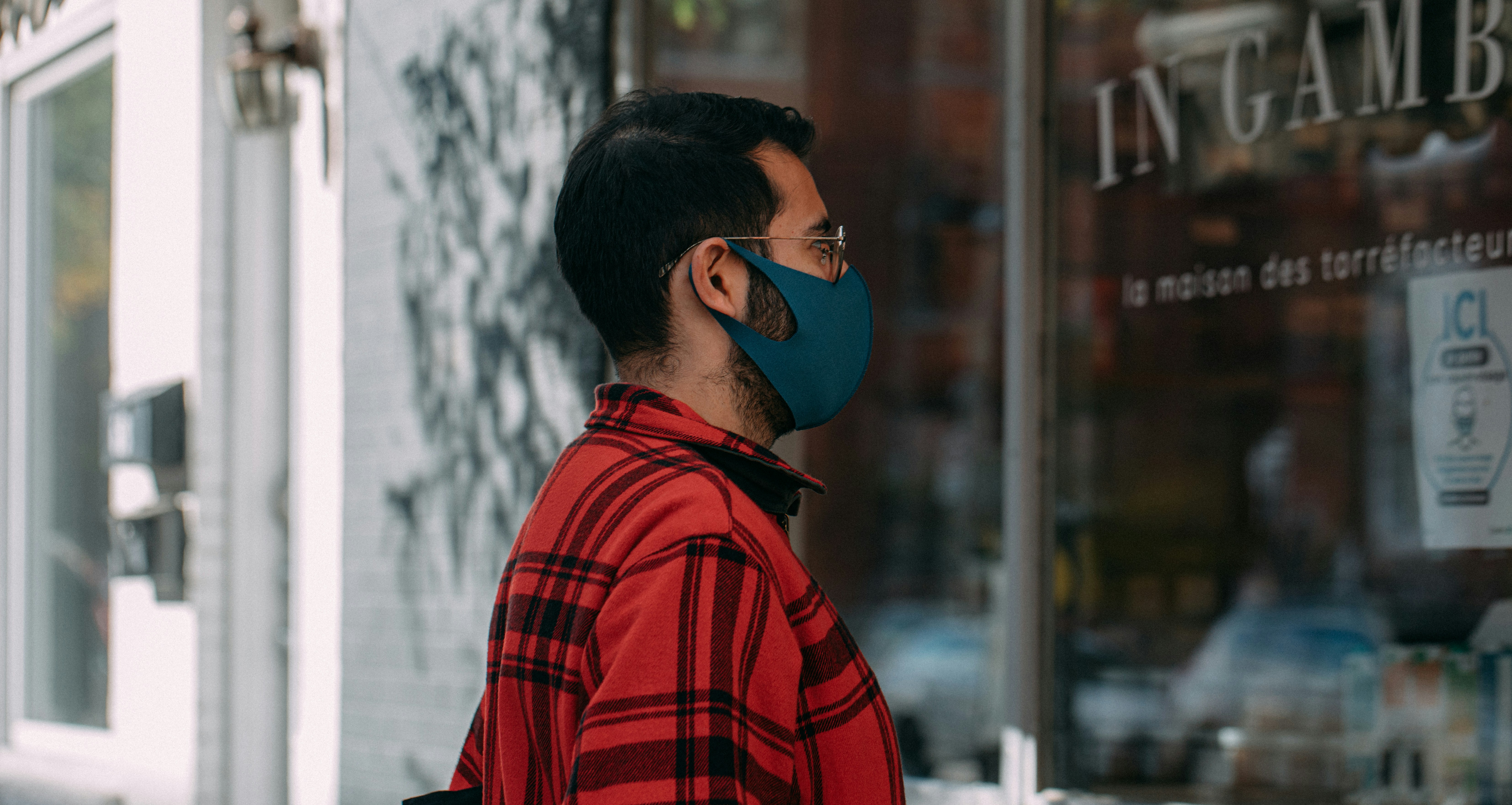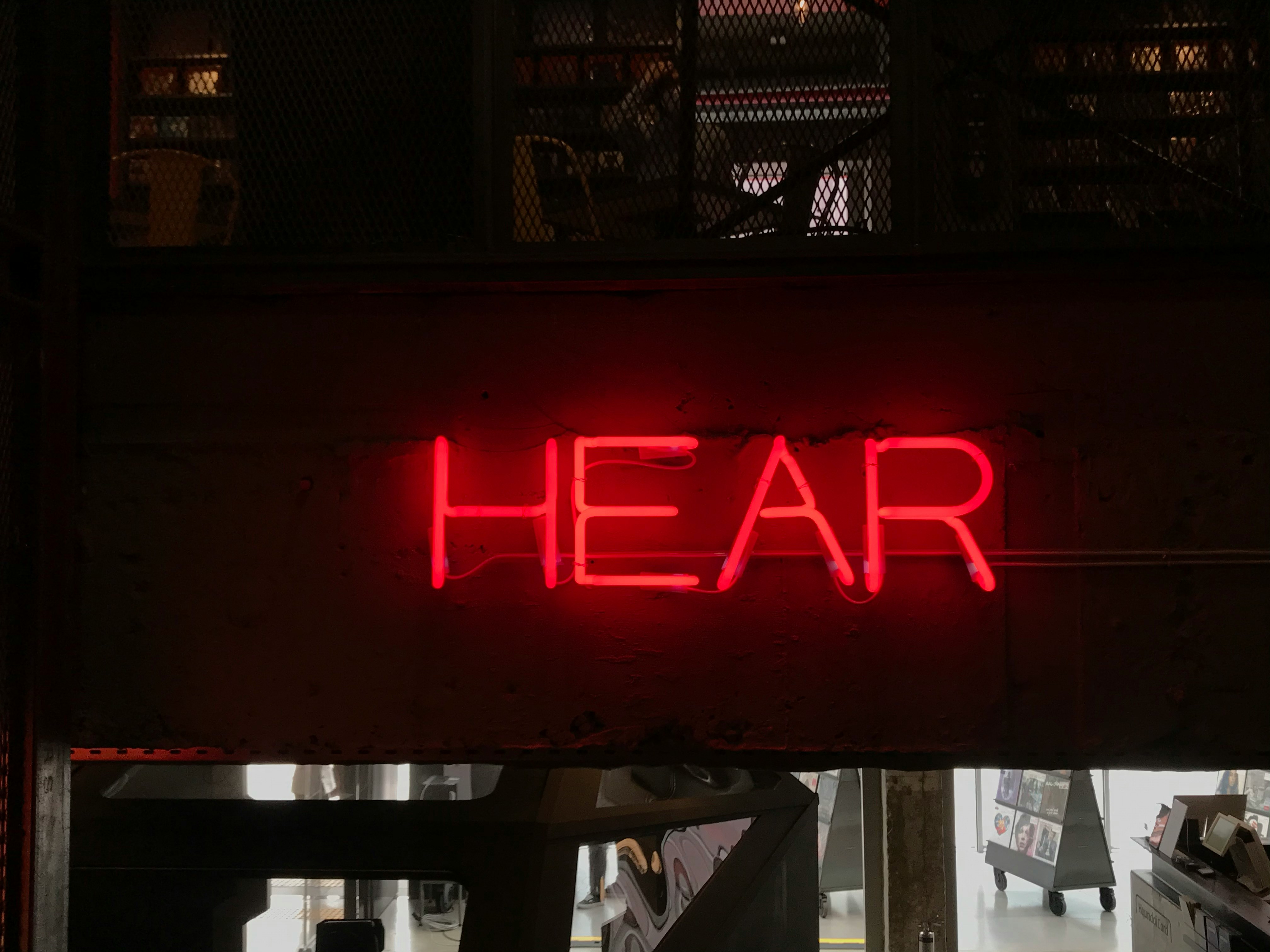Snippet: If you work around noise and chemicals—think paint booths, printing presses, aviation, manufacturing, or even weekend garage projects—you may be facing a "double hazard." Research shows certain chemicals quietly injure the ear and brain, and when paired with noise, they can speed hearing loss. Here’s the science and the practical playbook to keep your hearing safe.
The big idea: It’s not just noise
Most of us know loud sound can damage hearing. Less well-known: common chemicals are ototoxic—harmful to the auditory system. These include organic solvents (like toluene, styrene, xylene), some metals (lead, mercury), carbon monoxide, and certain pesticides. On their own, they can cause hearing problems. But together with noise, their effects can be synergistic—meaning the combined damage is worse than the sum of each exposure.
Occupational health agencies have flagged this for years. NIOSH (CDC) lists ototoxicants and emphasizes that hearing conservation programs should address both noise and chemical exposure. The World Health Organization also notes chemical contributors to hearing loss worldwide, especially in industrial settings.
How chemicals harm the hearing pathway
Your ear is an energy-hungry, delicately tuned system. Chemicals can disrupt it at multiple levels:
- Outer and inner hair cells (cochlea): Solvents can alter cell membranes and boost oxidative stress, making hair cells more vulnerable to noise-induced injury.
- Auditory nerve (synapses and neurons): Some agents appear to preferentially damage the connections between inner hair cells and the auditory nerve (synaptopathy), a change linked to trouble hearing in noise.
- Central auditory pathways: Neurotoxic solvents and metals may affect brain areas that process sound, potentially degrading clarity even when the audiogram looks “okay.”
- Stria vascularis and blood flow: Compounds like carbon monoxide can reduce oxygen delivery, impairing inner ear metabolism and resilience to loud sound.
The result can be accelerated high-frequency loss, tinnitus, sound sensitivity, and difficulty understanding speech in noisy places—sometimes earlier and at lower noise levels than expected.
Who’s most at risk?
You don’t need a lab coat to meet these exposures. Common scenarios include:
- Manufacturing and heavy industry: Metalworks, plastics, rubber, and composite fabrication often use solvents and generate high noise.
- Painting, printing, and auto body work: Spray booths, paint thinners, inks, and cleaning agents—plus compressors and fans.
- Aviation and marine: Fuels, de-icing agents, hydraulic fluids, engine noise.
- Construction and carpentry: Adhesives, sealants, flooring resins—alongside saws, nail guns, and demolition noise.
- Agriculture: Pesticides, fuels, and machinery.
- Hobbies and home projects: DIY painting, epoxy/resin crafts, 3D printing resins, motorcycle or small-engine repair, firing ranges with cleaning solvents.
If you check more than one of these boxes—especially if you notice ringing in the ears after a shift or struggle to follow conversation in restaurants—it’s worth taking action now.
What the research shows (in plain language)
- Solvents like toluene and styrene: Studies link long-term exposure to increased hearing thresholds and poorer speech-in-noise understanding, even when noise levels are within limits.
- Metals (lead, mercury): Associated with higher risk of hearing loss and tinnitus. Effects can occur at exposure levels that also impact cognition and mood.
- Carbon monoxide: Reduces oxygen delivery; animal and human data suggest heightened vulnerability of the inner ear to concurrent noise.
- Combined exposure amplifies damage: Multiple studies report supra-additive risk when solvents/metals and noise occur together, prompting NIOSH to recommend integrated noise-chemical hearing conservation.
The takeaway: standard noise-only programs may underestimate your true risk if chemicals are in the air (or on your skin).
Protection that actually works: Pair your defenses
Control the noise
- Turn it down: Ask about engineering controls—quieter tools, dampers, acoustic enclosures.
- Time and distance: Rotate tasks to reduce continuous exposure; step away from peak noise sources when possible.
- Double up when needed: Use well-fitted earplugs plus earmuffs for very loud tasks (gunfire, riveters, grinders).
- Fit matters: Foam plugs should be rolled and deeply inserted; earmuff cushions must fully seal over hair and glasses.
Control the chemicals
- Substitute and ventilate: Choose low-VOC or water-based products when feasible; ensure local exhaust ventilation in booths and shops.
- Respect skin exposure: Some solvents pass through skin. Wear chemical-resistant gloves and avoid saturated clothing; wash up before breaks.
- Respiratory protection: Use the right cartridge for organic vapors; ensure fit testing and changeout schedules.
- Housekeeping: Closed containers, spill kits, and no eating/drinking in work areas reduce incidental exposure.
Because noise and chemicals team up, think of your protection as a pair: hearing protection + chemical controls, every time.
Smarter hearing checks for combined exposure
A standard audiogram (250–8000 Hz) is essential, but early changes from chemicals and noise often appear in places routine screens can miss. Ask an audiologist about:
- Baseline + regular monitoring: Establish a pre-exposure baseline, then retest annually—or every 6 months during higher-risk periods.
- High-frequency audiometry (9–16 kHz): Can detect early inner ear changes before they impact conversation frequencies.
- Otoacoustic emissions (DPOAE/TEOAE): Objective measure of outer hair cell health; often shifts before threshold changes.
- Speech-in-noise tests (e.g., QuickSIN, WIN): Capture real-world listening ability.
- Tinnitus and sound tolerance screening: Track changes you might otherwise brush off.
If results change or symptoms crop up (ringing, fullness, distortion), loop your employer’s health/safety team and an audiologist. Adjusting exposure now can prevent permanent loss later.
Build your personal exposure dashboard
- Log the day: Note tasks, products used, and how long you were in noise or fumes. Snap photos of Safety Data Sheets.
- Measure what you can: Use a calibrated noise app or dosimeter at work (with permission). For chemicals, record smell intensity and ventilation (hood on/off)—your industrial hygienist can help with air sampling.
- Track your ears: Jot down ringing episodes, temporary muffled hearing, or extra effort in conversations after shifts.
Patterns emerge quickly—and make a persuasive case for targeted controls.
What to do if you suspect exposure-related changes
- Don’t wait for the annual screen: Book an audiology appointment for a focused evaluation, especially if speech-in-noise suddenly feels harder.
- Report and review: Share concerns with your supervisor and safety officer. Ask about combined noise/chemical risk and control upgrades.
- Check PPE: Revisit fit, filter type, and changeout schedules. Consider custom-molded earplugs if you need long-wear comfort and reliable attenuation.
- Rotate and recover: Build quiet, clean-air breaks into the day. Hearing needs recovery time just like muscles.
Gentle reminder: this isn’t medical diagnosis—just smart prevention. If you’re worried about your hearing, an audiologist can translate the science into a plan tailored to your life and job.
Research frontier: Better early warnings, better protections
- Earlier detection: Expanded use of DPOAEs and high-frequency audiometry in hearing conservation programs may catch changes months or years sooner.
- Sensors and wearables: Personal dosimeters for both noise and certain gases/solvents are becoming more accessible.
- Biological markers: Scientists are exploring blood and saliva markers of inner ear stress; promising, but not clinic-ready yet.
- Gene–environment interactions: Why some workers are more vulnerable is a hot area of study—eventually helping personalize protections.
- Safer substitutions: New low-toxicity resins, adhesives, and coatings can cut risk without sacrificing performance.
Quick action checklist
- Identify whether solvents, metals, CO, or pesticides share space with noise in your day.
- Pair defenses: validated hearing protection + chemical controls (ventilation, substitution, respirator, gloves).
- Get a baseline hearing test and ask for high-frequency audiometry, OAEs, and a speech-in-noise measure.
- Track exposures and symptoms; bring notes to your audiologist and safety team.
- Reassess controls after any hearing shift or new symptom—don’t wait.
Your hearing is part of how you connect, work, and relax. If noise and chemicals are part of the picture, a few smart moves can keep the soundtrack of your life clear and strong. If you’re unsure where to start, consider a consult with an audiologist—they can coordinate with your workplace to build a hearing plan that actually fits your reality.
Further Reading
- Long COVID and Your Hearing: What We Know (and What to Do Next) (Research) - Your Daily dB Budget: Measure, Track, and Cut Noise Before It Cuts Your Hearing (Prevention) - Eat, Move, Hear: The Lifestyle Blueprint to Protect Your Ears (Lifestyle) - Your Medicine, Your Ears: Preventing Drug‑Induced Hearing Loss (Hearing Loss)Frequently Asked Questions
Which chemicals are most concerning for hearing?
Organic solvents (toluene, styrene, xylene, ethylbenzene), certain metals (lead, mercury), carbon monoxide, and some pesticides have been linked to hearing problems. The risk rises when these exposures happen alongside loud noise. Check Safety Data Sheets for ototoxicity warnings and ask your safety officer or industrial hygienist about combined exposure risks.
I don’t work in a factory. Should I worry about weekend projects?
Possibly. Spray painting in a garage, using epoxy/resin for crafts, cleaning gun parts with solvents, or tuning engines can combine fumes with noisy tools. Use outdoor or well-ventilated spaces, wear the right respirator cartridges and gloves, and protect your ears with well-fitted plugs or muffs. Take quiet, fresh-air breaks to let your ears recover.
What should I ask my employer or safety team for?
Ask for an integrated hearing conservation plan that considers both noise and chemicals, engineering controls (ventilation, substitution), proper PPE fit testing, and enhanced hearing checks (high-frequency audiometry, OAEs, speech-in-noise). Request access to your exposure data and audiograms so you can track trends over time.
How do I know if it’s time to see an audiologist?
Book a visit if you notice ringing after shifts, temporary muffled hearing, difficulty understanding speech in noisy places, or if your annual test shows any change. An audiologist can run targeted assessments and help coordinate job-specific protections. If you ever experience a sudden drop in hearing, seek urgent medical care.



